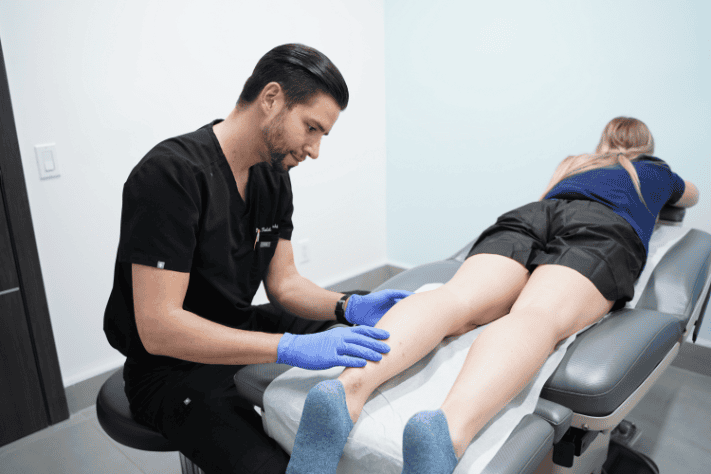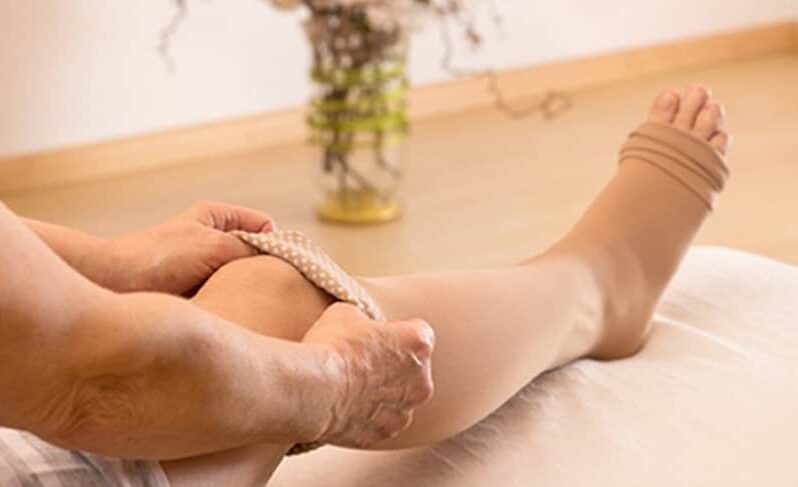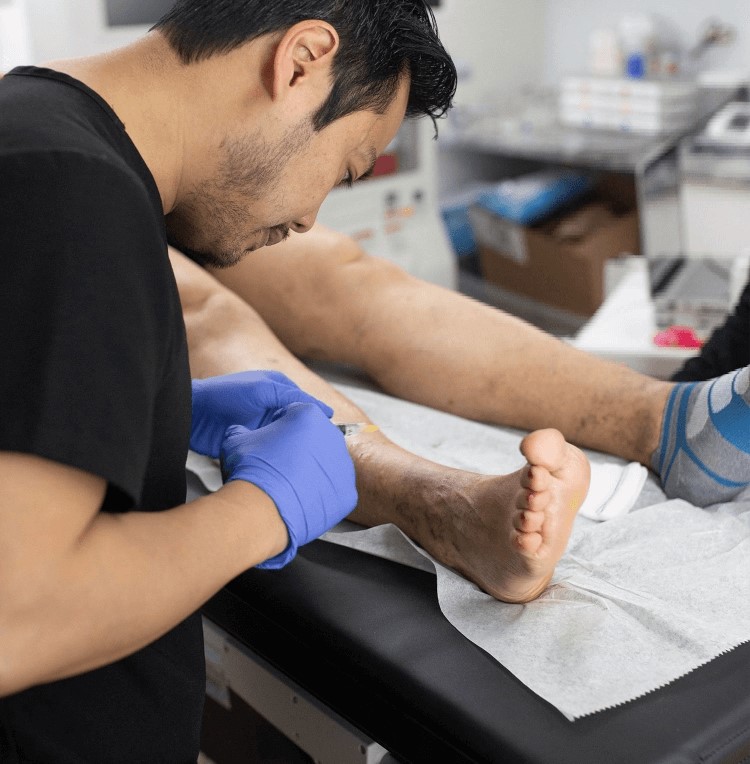People now use laser treatments to treat everything, making the process easy. With the help of laser treatment, the medical process is now easy, making the patient more comfortable during treatment because laser treatment is not that painful and does not take much time to recover. In this article, you will read about what doctor treats varicose veins?
What doctor treats varicose veins?
Your primary healthcare provider may recommend seeing a specialist in vein conditions, such as a phlebologist or vascular surgeon, or a specialist in skin conditions, such as a dermatologist or dermatology surgeon.
Different Laser Treatments
Laser therapy on the surface: This laser effectively treats spiders and more prominent varicose veins. The method involves warming and chilling the outer skin layer to avoid getting burned.
Endovenous laser treatment (EVLT): This modern procedure involves placing a laser probe directly into the skin at the site of the affected vein. This technique is more intrusive and requires localised numbing medication.
Intense pulsed light treatment (IPL): Even though it's not classified as laser therapy, intense pulsed light treatment (IPL) is comparable in strength because of its powerful light source. It operates by focusing light on the vessels located outside the skin.

Getting ready
Before receiving laser treatment, it is essential to consult with an experienced dermatologist to determine the most suitable type of laser therapy for your specific condition and requirements. In rare cases, they may recommend combining laser treatment with sclerotherapy or another method for removing veins.
Once you have planned to have the vein removal procedure done, your medical history, lifestyle, allergies, and any medications or supplements you are currently taking will be assessed. Ensure that you disclose any prior instances of blood disorders or if you are presently using any blood thinners. This will provide the doctor with information about your condition.
It may be necessary to abstain from eating for a minimum of eight hours before the EVLT procedure if anesthesia is being administered. You might receive a small amount of sedative before the procedure. You might have to organize someone to give you a ride back home.

Avoiding the Reappearance of Varicose Veins
Doctors who provide treatment can decrease the likelihood of the condition returning.
In every situation, the doctor treating varicose veins can contribute to reducing the recurrence by addressing the leading causes: venous disease progression, inadequate diagnosis, and neovascularity.
Progression of venous disease: Vein disease cannot be cured; it can only be managed by treating affected veins and symptoms as they appear with ongoing care. Doctors must create a treatment and monitoring strategy for individuals with persistent venous disease.
Insufficient diagnosis: Physicians can guarantee a precise diagnosis by conducting a through ultrasound, pinpointing all the feeding veins, and addressing them before addressing the surface and visible spider veins. An extensive ultrasound technique is essential for the successful treatment of vein disease. While not required, obtaining a credential in duplex ultrasound is strongly advised.
Treatment for neovascularity involves conducting a thorough ultrasound scan to locate the source and veins, then using a combination of EVLA and sclerotherapy. Nonetheless, vein stripping surgery should generally be avoided in the first instance. Multiple international standards confirm this.
Summing It Up
As previously stated, spider veins can reappear if not adequately treated. To prevent more spider veins, the doctor must address veins stemming from chronic venous insufficiency. Veins only treated on the surface instead of discussed thoroughly may not be effectively sealed. Do spider veins come back after laser treatment? This article has also clarified this topic.






Comments